Magic after all, is the bailiwick of Dreamers, Artists,
and Poets. It often takes a Dreamer to spot the Magic among the
mundane, (and when certain things really need to stay buried.) Luckily, there are a lot of Dreamers out there writing
book after book, and blog post after blog post, about Magic and it's
actual History.
Here's a very basic Summery:
-- The earliest form of Magic was
basic shamanism which was practiced by native people all over the world in every country, and every culture.
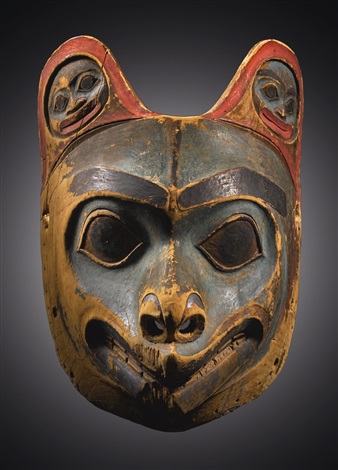
Magical songs, magical music, and magical dances to celebrate the sun, create rain, call the wind, bring down lightning, stop floods, walk in the bodies of beasts, encourage fertility in people, land, and livestock, or call an end to winter, are all shamanistic practices.
Japanese Shintoism for example, is a somewhat advanced form of shamanism still in practice today.
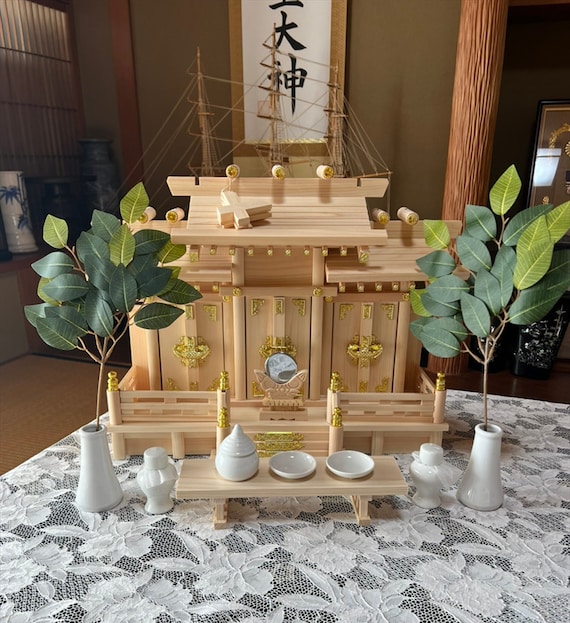
-- Prehistoric metal workers; Smiths, were considered powerful Magicians who sang over their forges and knew the secret of how to turn rough stones into gleaming weapons. Especially magical were the sword makers; the bladesmiths who used all kinds of sacred and profane ingredients, including fallen stars, to make mystical unbeatable swords that could empower or curse their wielders.

-- Long before Christianity began, Judaic ceremonial
magicians worked with divine beings and developed the Tree of Life as a progression map. Through prayers and songs
they recorded in their Torah; the precursor to today's common bible, they called down divine retribution, parted seas, sealed ifrits and genies into bottles, and introduced the idea of an Evil counterpart to the Divine: Shaitan; the Adversary.

-- From India came the sutras;
massive, long, and convoluted prayers that induce a meditative state
so strong --and useful-- that the entire far east jumped on
their bandwagon, branching out into thousands of different forms of
Buddhism.

-- In China, Buddhism was added to the native forms of Shamanism, Astrology, Alchemy, and Numerology. This developed into a new form of Chinese Magic; Taoism, side-branching into Feng Shui. (Keep in mind, I'm being VERY general
here.) Both the Buddhists and the Taoists slew demons and monsters, laid the walking/hopping dead to rest, broke curses, tamed spirits, and subdued ghosts. However the Taoists also cultivated enlightenment to reach immortality, and apparently flew on swords as well. Much later, Confucianism was added to the mix and the fortune-telling Tao Te Ching emerged.

-- Chinese Magic; Taoism, eventually spread to Heian Japan. It mixed with the native shamanistic practices and Buddhism already there, and the Onmyoji sorcerers came into being. They did all the same thing as their Taoist counterparts did, except cultivate to immortality and fly on swords.

-- The Celestial or Sacred Mathematics known as Geometry started in ancient Babylonia. It was used for surveying, astronomy, and construction of their massive temples. The Egyptians grabbed onto it and developed it further. They used it for surveying, astronomy, and construction too, but they wanted their sacred palaces, sacred temples, and sacred pyramids to also line up with their favorite stars.

-- India developed their own form of Geometry for all the same reasons, and built gigantic sacred temples like everyone else, only a lot more decorative.
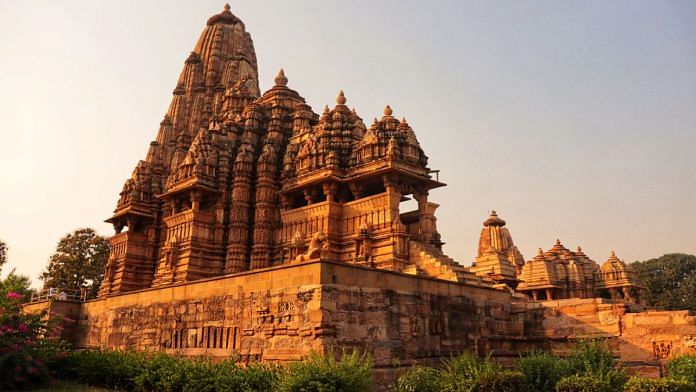
The Greeks snatched Geometry from both India and the Egyptians, then developed Geometry into a high art form. They used it to build even fancier temples plus palaces that lined up with the sun, the moon, and certain planets.

-- When the Romans took over Greece, they got a hold of Geometry, and developed a brand new invention called Cement; liquid stone that hardened into any shape you had a mold for. They combined the two and promptly went insane. They used Geometry and Cement to build massive domed temples of every variety for every god, plus aqueducts, fountains, sewage systems, drainage systems, irrigation systems, road systems that covered most of the known world, central under-the-floor heating, heated in-home baths, whole apartment buildings, outdoor theaters, coliseums, purely decorative grand arches, and huge Imperial palaces.

-- By the close of the Roman Empire, Sacred Geometry was firmly under the control of a brotherhood of architects and builders known as The Masons, and was jealously hidden away from anyone that wasn't a Masonic Architect. For over a thousand years the Masons kept Geometry as a Magical secret. Only they knew how to construct the massive, awe-inspiring Sacred temples, mosques, and cathedrals.
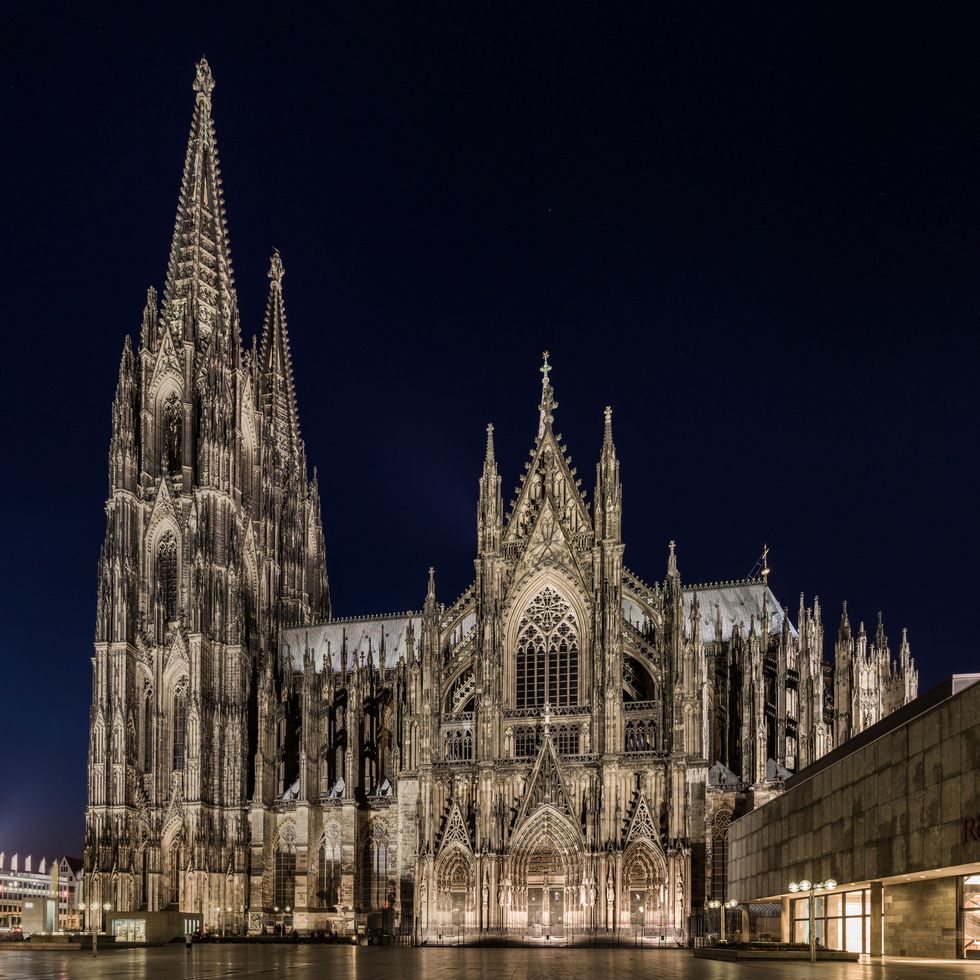
-- The modern 'Order' of the
Free Masons had their start here. In fact, if you look at any modern Mason ring you'll see the "G" and the tools used for Geometry.

-- During the Byzantine era, a Syrian Alchemist created the chemical bomb
known as Greek Fire for the Byzantine Emperor. Greek Fire was considered very Magical indeed because no
one could figure out how he did it. The Syrian never told anybody.
Much, much later someone invented something similar under the name: napalm. However, it wasn't considered magical in the least.
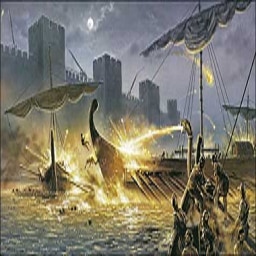
-- In the early to mid 1200's, Roger Bacon, a medieval English philosopher and Franciscan friar, was also regarded as a Wizard. He was attributed to the invention of gunpowder, (clearly stolen from the Orient,) and the magnifying glass.
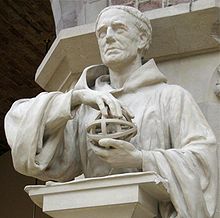
-- In the late 1200's, Dante Alighieri, an Italian poet, writer, and philosopher published three works of fiction that pretty much changed how every single Christian in the world saw Heaven, Hell, and Purgatory. His Divine Comedy: Inferno, Purgatorio, and Paradiso, were published just in time for the invention of the Gutenberg Press. These books, alongside the first printed bibles, promptly spread all over Europe to every home that could afford a printed book.

-- Dante's stories introduced the nine levels of Hell, and the names of the demons that lived there. They also described the levels of Purgatory, and what could be found there, and the nine levels of Heaven and the names of the angels that lived there. King Solomon was also tossed in and said to have captured and sealed away a great many demons into bottles. Dante listed the names of those demons too.
Dante's books also introduced the concept of a War in Heaven. This war featured a peerless angel that rebelled against God, and was punished for it by being thrown out, or down rather, to become the ruler of Hell. He even named that fallen angel and gave the ruler of Hell a title borrowed straight from the Torah: Shaitan -- Satan.
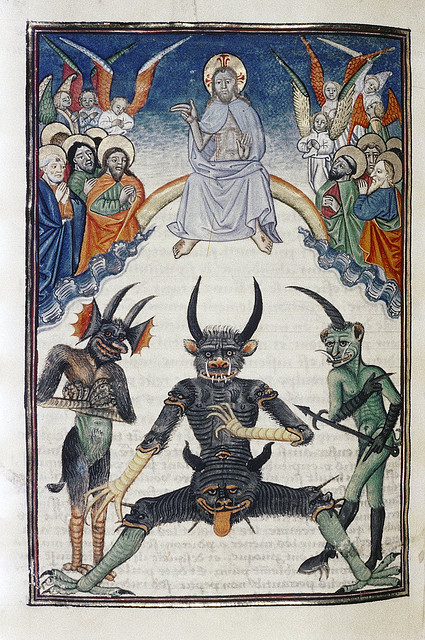
-- By the mid 1300's all the demons and angels mentioned in Dante's works of fiction, were accepted as being actual demons and angels. Absolutely everyone accepted that the War in Heaven actually happened, and the story of the fallen angel as Fact. There was a Satan in Hell, just ask anyone, even your local priest -- who likely had a copy of Dante's books sitting right next to his personal bible. For reference.
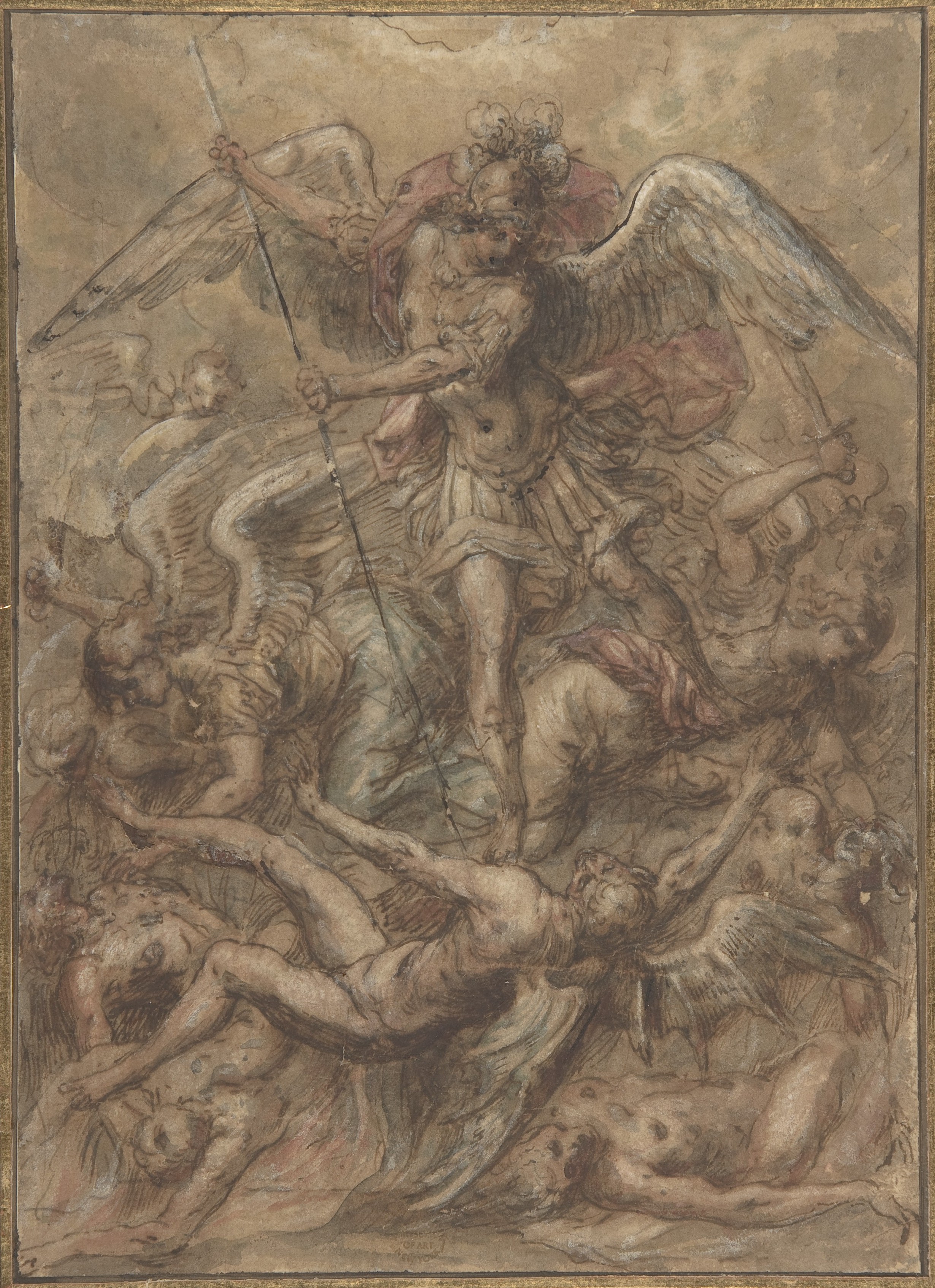
-- There was actually a reason why Fiction suddenly became Fact. Namely: the Black Plague and the Bubonic Plague.
The only explanation anyone had for everyone dropping dead around them was either "God hates us," or "There was no God." After all, God was supposed to be a being of pure Goodness and Light! God wouldn't allow a Plague to go killing off innocent people!
Well, the Catholic Church certainly couldn't have people stop believing in their God. That was an awful lot of tithes (money) they'd lose out on. So in all their wisdom, the Catholic leaders in Rome decided they needed Someone to take the Blame.
They looked no further than Dante's books.
The plagues were Satan's fault.
Satan, a fictional character from a work of fiction: Dante's Inferno, has been blamed for everything wrong with the world ever since.

-- By the late Middle Ages (c. 1350–1450), the major plagues were pretty much over, so there were plenty of farmers growing crops and breeding livestock once again.
With the sudden surplus of food, after decades of famine, all the peasant farmers, and the lords that ruled them, started celebrating -- with Pagan festivals dedicated to the old gods of Fertility, and Alcohol.
Pagan rituals and celebrations were a lot more fun than sitting in a cold stone room crammed in next to your unwashed, smelly neighbors on hard wooden seats being snarled at by the local Christian priest for hours.
Nobody wanted to be yelled at for enjoying making love to their own spouse, enjoying the beer and mead they brewed in their own cellars, or for women using their skills to make an income to help support their families. So they stopped going to church.
More importantly however, they stopped paying for the churches' upkeep.
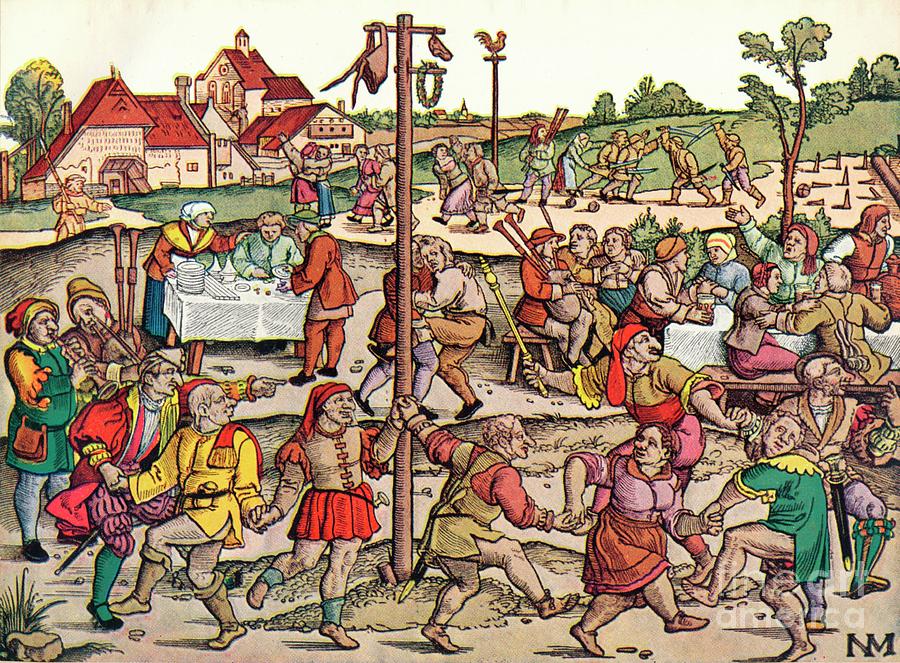
-- To deal with the crisis, (the churches were losing a lot of money,) the Christian leaders in Rome did two things. The first was to make the local gods into Christian Saints. This allowed the local celebrations, now sanctified by the local churches -- as long as they still went to church on Sundays.

-- The other thing the Christian leaders in Rome did, was start a Smear Campaign against anything, and everything to do with Magic.
It worked on the uneducated peasant populous. The local herbalists and midwives had a hell of time Christianize their herb names, and changing all their incantations into Prayers.
The educated populous however, smiled
in church on Sunday, but held secret book club meetings the rest of the week. In their private parlors and hidden rooms alongside close friends and associates they perused old obscure books about Geometry, Alchemy, Philosophy, and Magic.

-- As a result of those secret book clubs, in the 1400's, Middle Eastern Alchemy became quite popular in Europe,
and split into two distinct branches. One branch was very practical in
nature. These Alchemists developed the earliest techniques for creating
artificial, manufactured, jewels: diamonds, sapphires, emeralds, and rubies. They did this by combining base ores and certain chemicals in a high pressure furnace called an Athanor. Of course a lot of them blew themselves up doing it too.
Today, Cubic Zirconium; manufactured diamonds, are created in this
exact fashion. With a lot fewer people being blown up.

-- The other branch of Alchemy was highly philosophical in nature,
and considered one of the earliest forms of Psychology. The very
earliest form of psychology being talking to your local shaman or priest.
This 'spiritual' Alchemy became known as Hermeticism.
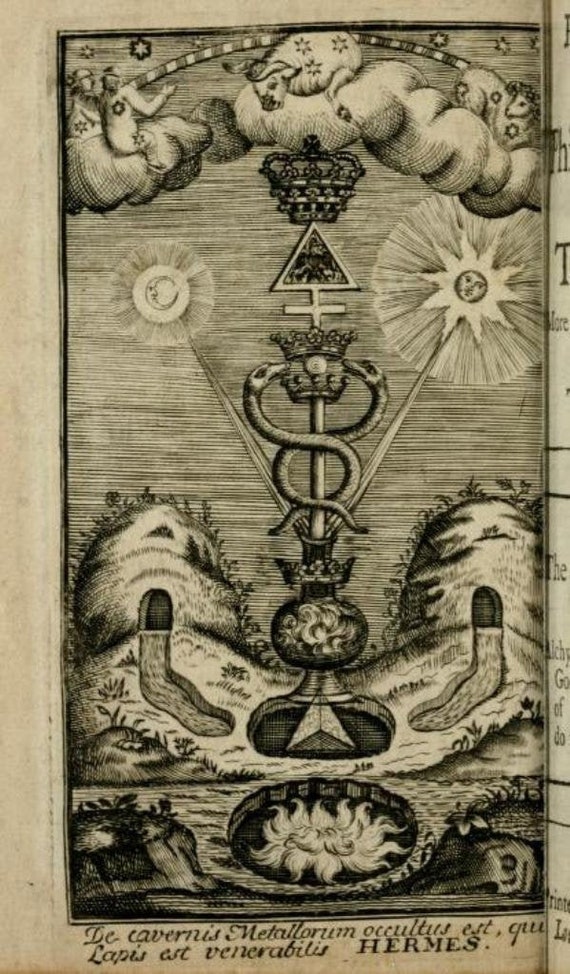
-- During this period, the Northern Europeans went through a Magical Renaissance. By dredging through every obscure book they could find, they developed
a whole new system of Magic.
This new Magic combined the Judaic Tree of Life/Sefirot magic, Masonic ceremonial magic, different forms of fortune-telling, Astrology, Greek Philosophy, Hermeticism, mathematics, and a dash of shamanistic spirit summoning.
As a result, this form of Magic invoked Heavenly and Unholy powers using angelic and demonic names straight out of Dante's works of fiction, through basic addition and subtraction called Magic
Squares. These Magic Squares were later made circular and stamped on medallions.
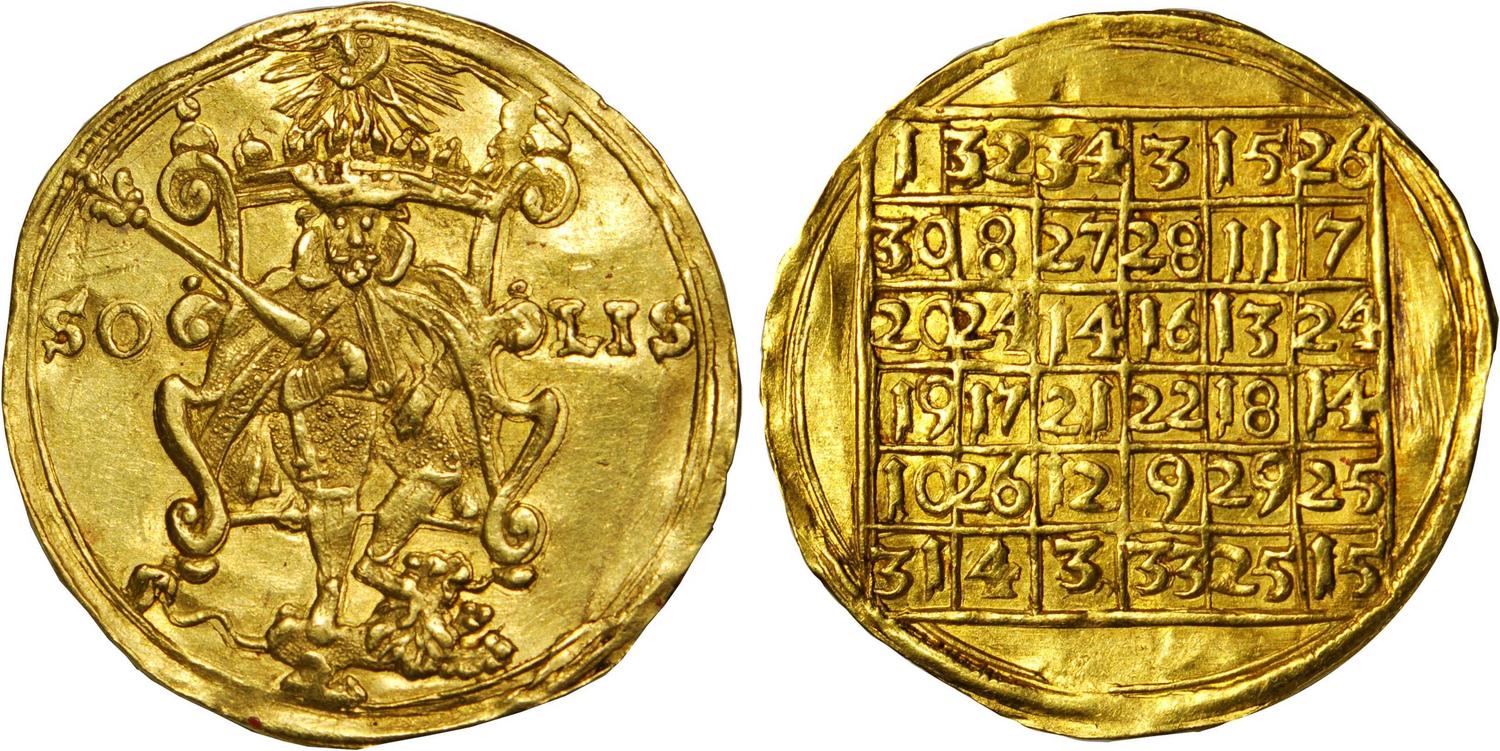
-- You can find a bunch of these squares and the symbols created through simple addition and subtraction in the Ars Goatia, also called
the Lesser and Greater Keys of Solomon. The Ars Goatia is where all those fancy
circle spells you see in manga and anime were borrowed from.

-- In 1478, the Spanish Dominicans, a branch of rabid Christians who murderously loathed anything that wasn't their brand of Catholicism, (and women in general,) petitioned the Monarchy of the newly unified Spanish kingdom
for permission to combat heresy and demon worship in Spain.
These Dominicans were known as: The Spanish Inquisition. They were also nicknamed; Domini Canis; Dogs of God -- implying just how rabid they were.
This Inquisition had their own form of
Magic that utilized prayers from the bible plus a few they created themselves, consecrated hosts, holy water made by their churches, blessed swords, and lit torches.
Permission granted, they went absolutely insane. They
grabbed anyone and everyone that wasn't their brand of Catholic, from
peasant to noble. Especially if they were female. Once they tortured confessions out of them, they
burned or hanged them to death. Then they took the deeds to their property -- for God.
They killed a lot of people.
The Inquisition remained in operation burning and hanging heretics, demon worshipers, and witches all over the world until they finally lost their permission in 1834.

-- In the early 1500's --despite the threat of The Inquisition-- a German Renaissance philosopher named Agrippa, came up with the Angelic Script, Transitus Fluvii, and Malachim alphabets
to make communicating with Heavenly beings easier.

-- During this period, telling the future by Scrying; seeing,
by peering into a bowl of liquid, or crystal balls, or reading the swing of a pendulum
over a laid out alphabet, plus Astrology, and Tarot card reading, became
very, very popular. Everyone who was anyone was doing at least one of
them during dinner parties and afternoon teas.
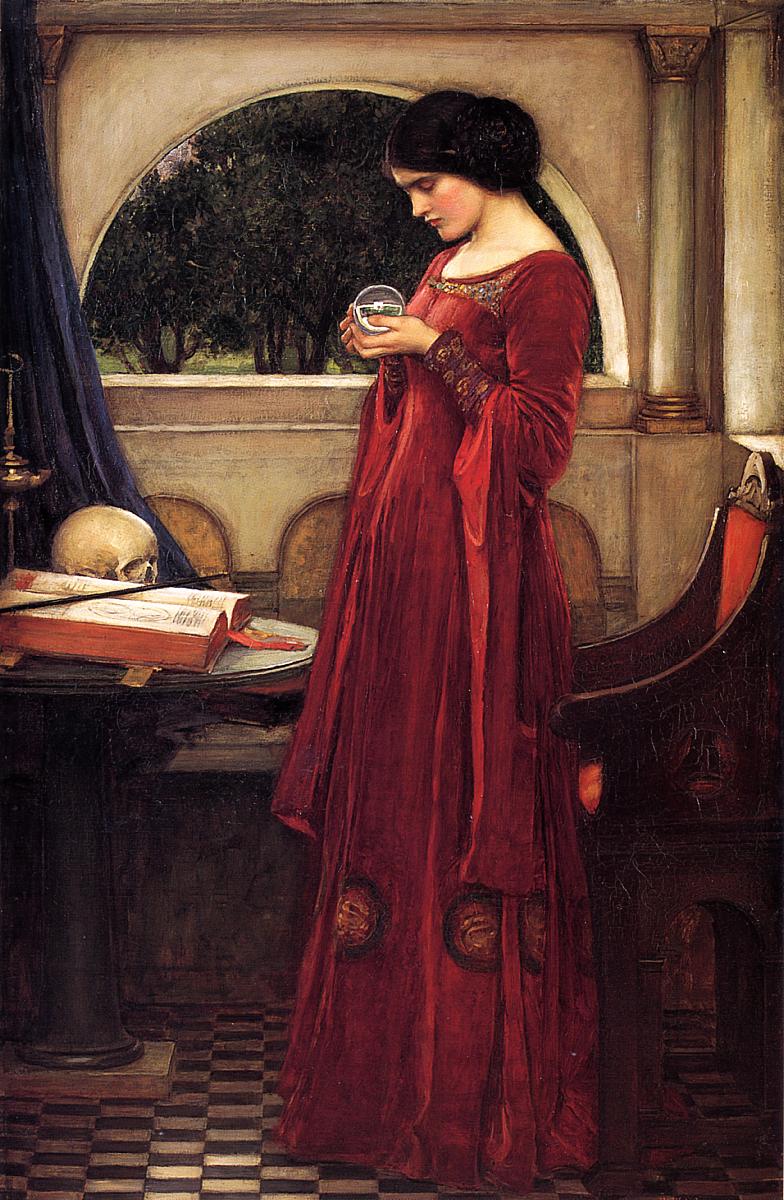
-- In the late 1500's, an an English Renaissance occultist and scryer called Sir Edward Kelly, and his friend John Dee, an English court astronomer, came up with the Enochian alphabet. This was also meant for communication with Heavenly beings -- and taming ghostly beings.

-- In the 1600's, Voudon, (voodoo), a
form of native West-African shamanistic magic mixed with prayers and
songs from the King James bible, developed in Haiti and quickly spread
through all the islands close to it. It also spread to the Southern US and outward
with the slave trade.
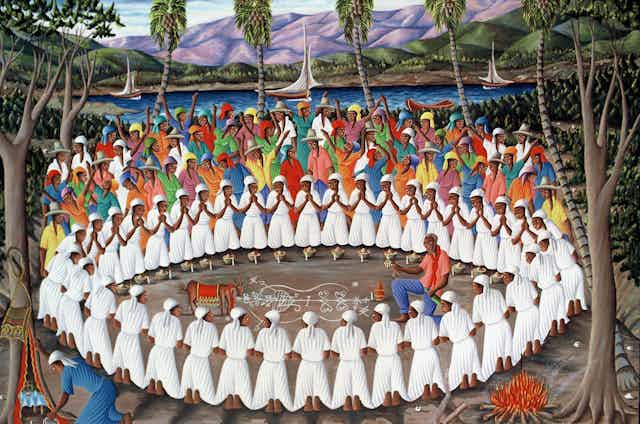
-- By the mid 1700's, the British isles developed two
distinct forms of magic. Witchcraft; based on native shamanistic
rituals, and Ceremonial Magic, which was pretty much a cleaned up and
polished version of what was being practiced in Europe mixed with
Masonic rituals.
Currently, the witchcraft forms are called Wicca,
Paganism, and Heathenism respectively, and the ceremonial forms are mostly under the
headings: Hermeticism and Western Esotericism, with thousands of variations
under both types of magic.

-- In the 1800's consumption; tuberculosis, began to kill large numbers of people all over the place. Because everyone had someone they dearly missed, a pretty large occult revival happened all over Europe and in the US. Seeing and talking to spirits of the dead by way of seances: featuring full on possessions by ghosts, table-tapping, levitating objects, and the appearance of ectoplasm, became very, very popular. Especially in England.

-- In the mid 1800's, the Rosicrucian Fraternity appeared in the US, a mix of Occultism, Hermeticism, and Christian gnosticsm. Supposedly it had a long and involved history that went back to the 1500's. Said history has since been debunked as Fictional. However, the Magic works just fine.
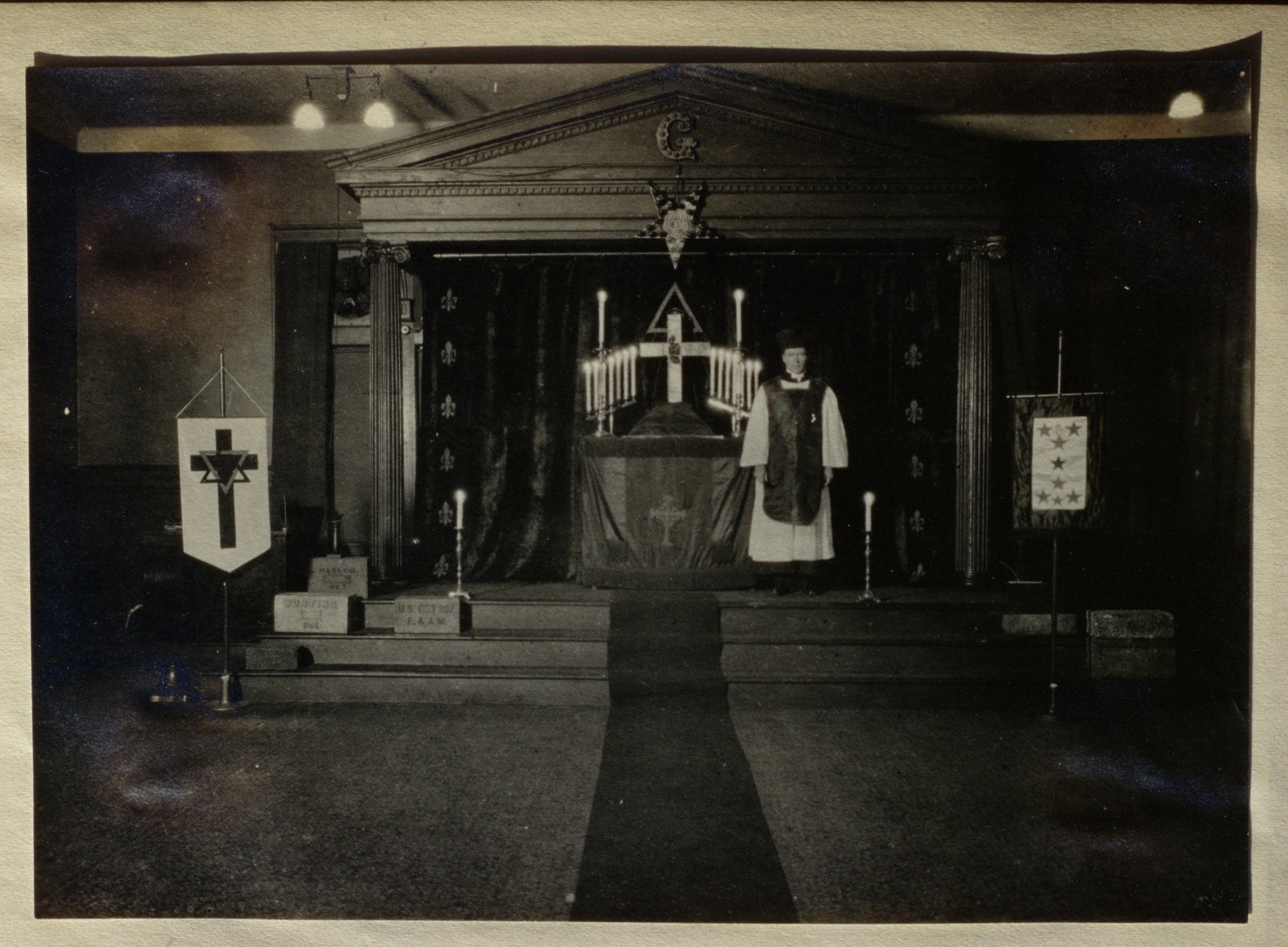
-- In 1940 in England, Neopagans, and very witchcraft Wicca, emerged onto the public domain. Their brand of Magic was shamanistic at core, celebrated old Celtic and old Scandinavian gods, utilized divination, and was only loosely organized. These practitioners also borrowed bits and pieces from just about every other form of paganism, mysticism, and the occult -- depending on the practitioner's personal feelings, beliefs, and curiosity.

-- In 1969 modern Satanism happened. This form of magic and the belief system that went with it was put together by one man: Anton LeVay. He used bits from the common King James bible,
some demonic names from Dante's books, created a philosophy of Self-Worship based on European Hermeticism, added a few European magic squares, and mixed it all together with basic Golden Dawn brand ceremonial magic to make it pretty. Strangely enough, it actually works.
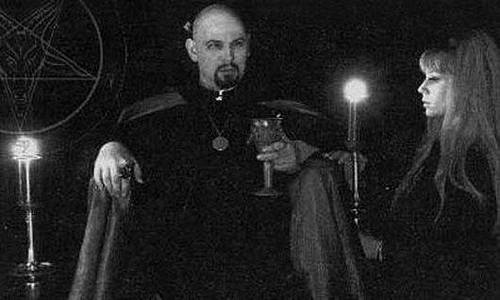
-- In 1977, the US government recognized Wicca as an official legal Religion. This prompted a massive explosion of books for and about witchcraft. Some of these books are quite informative and well researched, others, a jumbled rehashing of what was already floating around from the last occult movement during the 1800's. Buyer beware.

And that's just skimming the surface of the History of Magic right here on
this world. If you want to know more, Google is your friend.
Knowing the Facts about real Magic can assist you in making any
form of fictional Magic, no matter how Make-Believe, not only logically operable, but feel Real and possibly
even familiar to the readers.
As for the original question...
Magic using Computers:
The Irregular at Magic
High School, Mahouka Koukou no Rettousei
You Don't need to Invent a
whole
History for Magic.
Writing a whole history; even in note form, would be a massive amount of work.
Instead, focus on how your
spells are Powered; Gods, Spirits, the Force, a magical core? Then work out the reasons why the spells were progressed from shamanistic incantations to the form you plan to use in your story.
A good place to start would be looking up the early Magic practices of the culture you're writing about. For example, JRR Tolkien's high-fantasy stories about wizards, elves, dwarves, ents, and trolls was based on early Scandinavian mythology.
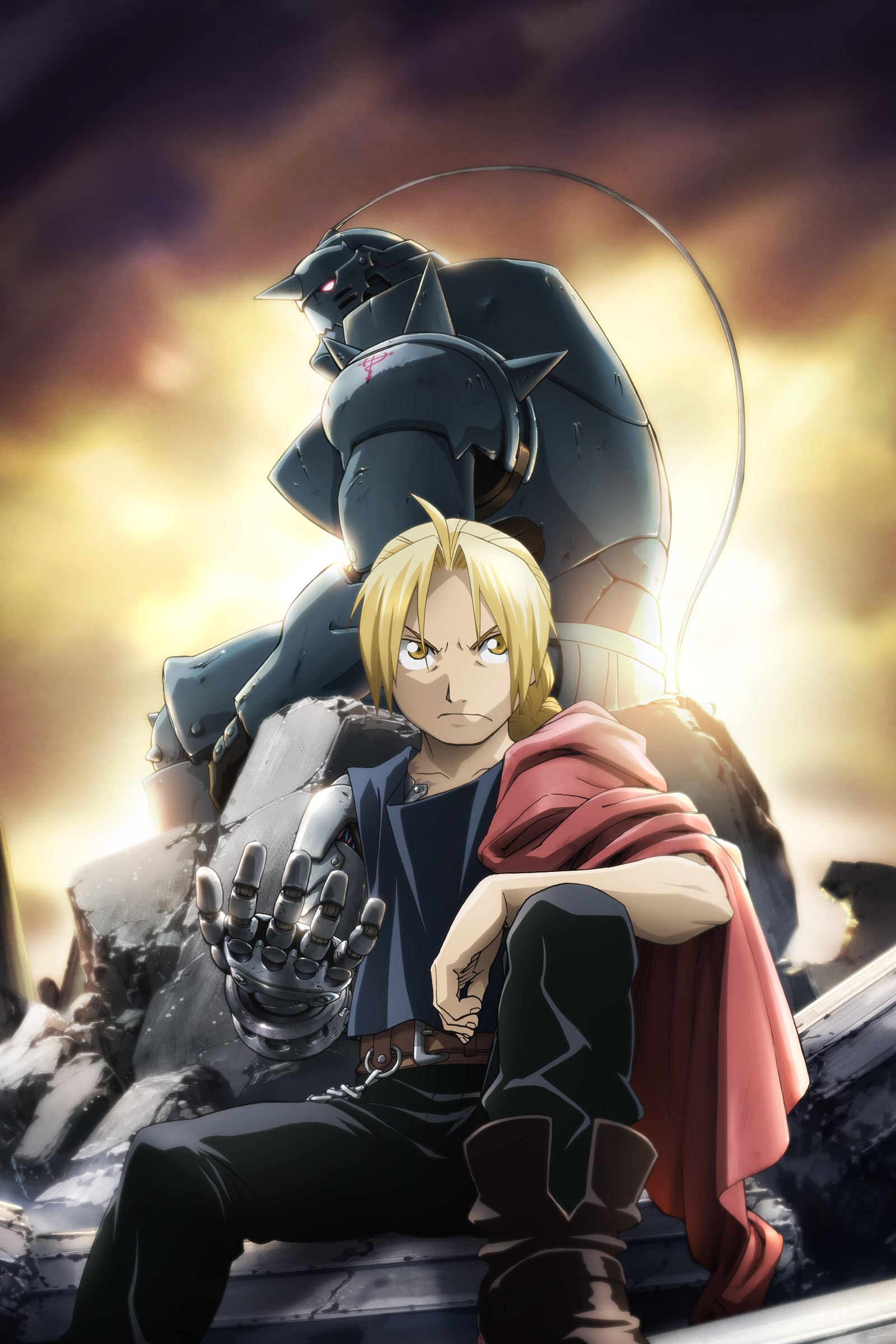
FullMetal Alchemist
Magic through Memorization.
As for Mana Circle Imprints...
Just coming up with how mana imprints happen will be
headache-inducing enough, forget trying to write a history for how that came about.
I mean seriously, if we use most fantasy anime and manga as examples, and skipping the fact that most of the circles came from images in the Ars Goetia books... To use projected mana circles, those magicals have to Memorize every circle they intend to use; like in FullMetal Alchemist, then project the right amount of mana to create each memorized circle -- then supply mana for the effect they want to create, every single time they want to cast a spell.
Are you aware that at this point in time in the Modern Era, only Idiot Savants and extreme geniuses are capable of doing that kind of memorization? The regular human brain simply can't hold that much information without the memory degrading -- in minutes.
Clearly, normal-brained magicals need something to assist them in making the right circles occur, so they can then put their mana into them.
Here's a few ideas:
- For magicals that live in a time before computers, books with all the circles written down for easy access is commonly used in most RPGs. By the way, hunting for books with more powerful spells is a very common subplot.
- Magical Objects with pre-loaded spell effects; such as talismans and artifacts, commonly appear in Chinese Wuxia and Xanxia stories, and Oriental Onmyoji ghost stories.
- Magical Tattoos; spells written on skin, are a common shortcut in Celtic, Norse, and Gaelic legends.
- If your magical lives in a modern or sci-fi world, a hand-held computer like a smart-phone that projects those circles via holograms can be used. In fact, this technique is used in the manga and anime series: The Irregular at
Magic High School, Mahouka Koukou no Rettousei.
Trying to add a History to how all this came about is a sure-fire way to kill all your inspiration to write. Better to just skip it entirely -- like everyone else does.
In Conclusion...
If you're determined to create
your own brand of Magic for your stories, the best place to start is with the
History of Magic that already exists for whatever culture you happen
to set your story in; Chinese, Japanese, Norse, Celtic, Polynesian, African, European Medieval... Use it as a jumping off point, or a framework that
explains why your magic works the way it does. Simply adjust the facts to fit the story you want to write. Add things, or subtract
things as needed.
Just please be aware that there will be actual practitioners of magic in
your reading audience. We will Know when you mess up and don't
keep to your own lore, just as easily as we know when someone is
using Dungeons and Dragons as a base for their magical system.
After all, we love Fantasy stories too. If we didn't, we wouldn't
be practicing magic in the first place.
☕
Morgan Hawke
















































